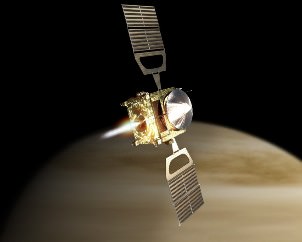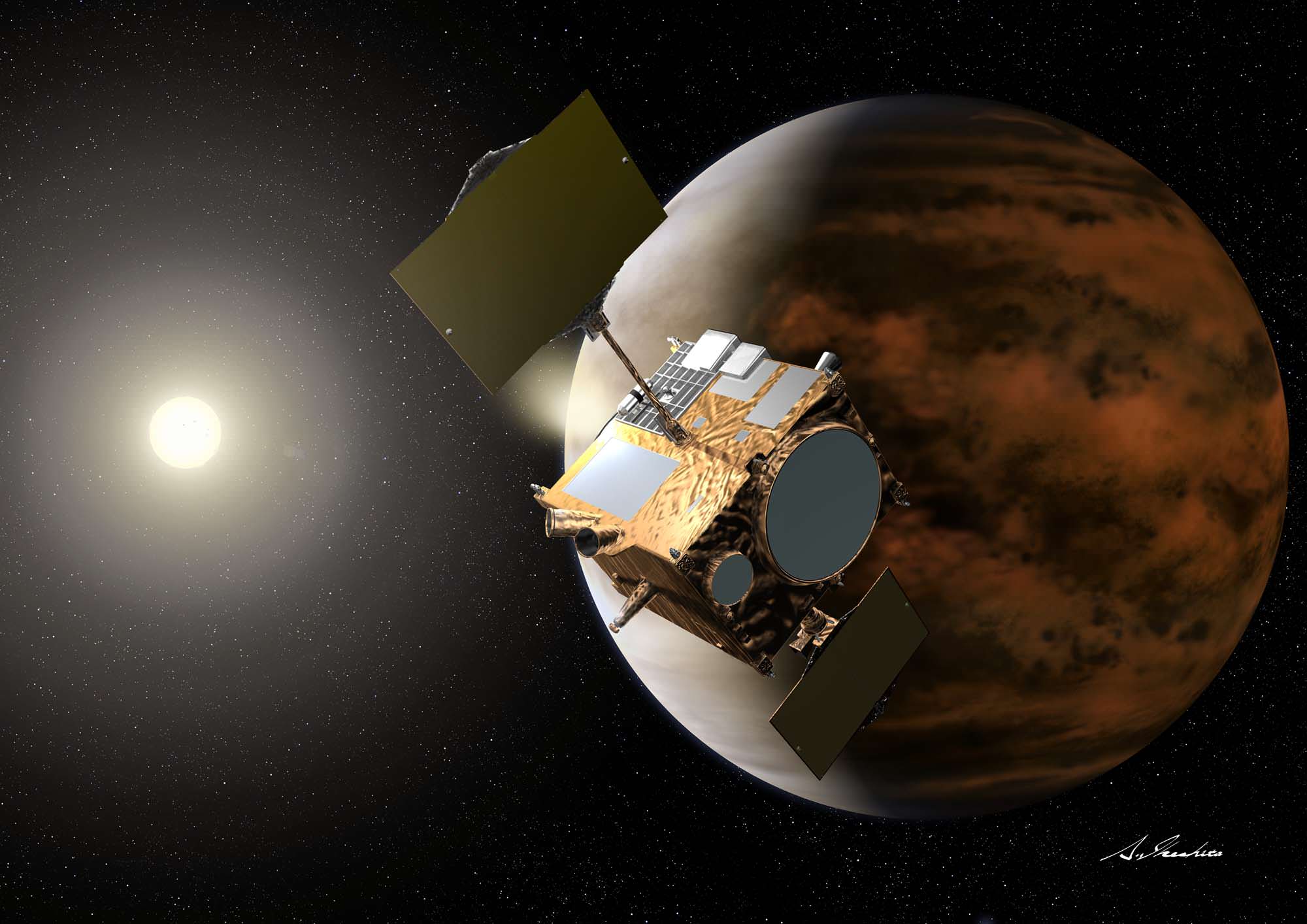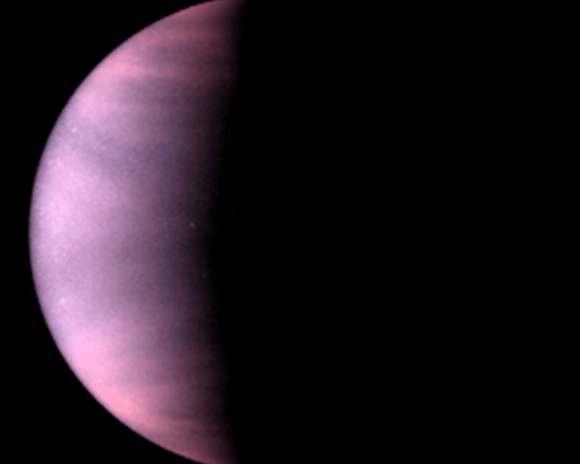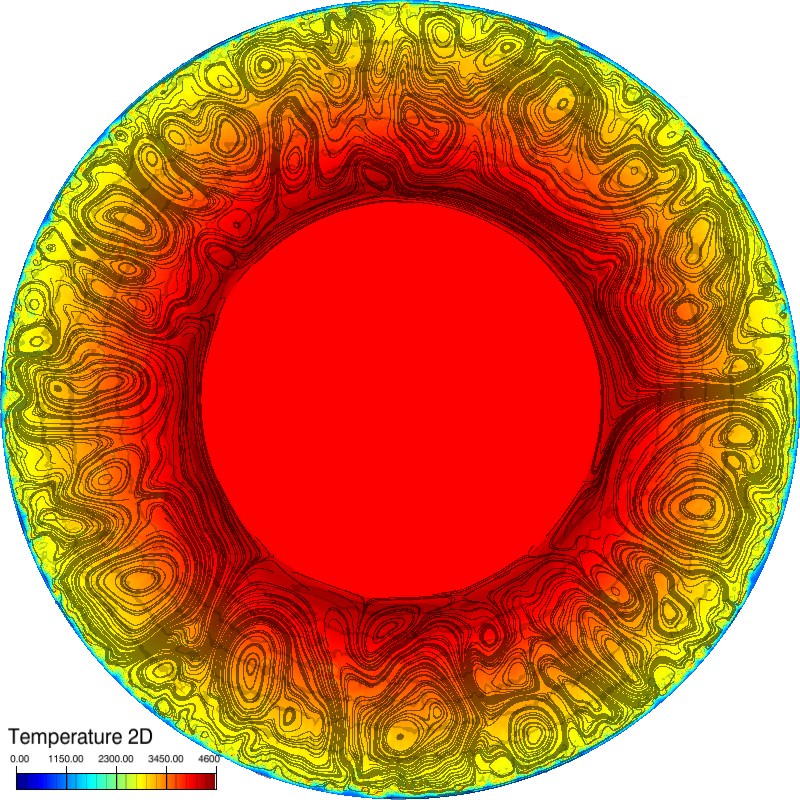[/caption]
Ever read Isaac Asimov’s 1950’s novel “Lucky Starr and the Oceans of Venus”? Maybe Asimov wasn’t so wrong about Venus after all. Analyzing data from ESA’s Venus Express, planetary scientists are looking at the possibility that the planet may have once harbored oceans, and potentially could have been habitable when during its early history.
While Earth and Venus are comparable in size, they otherwise seem completely different. Earth is a lush, clement world teeming with life, while Venus is hellish, its surface roasting at temperatures higher than those of a kitchen oven.
The biggest difference between the two planets is that Venus has very little water, while Earth is bathed in it. Were the contents of Earth’s oceans to be spread evenly across the world, they would create a layer 3 km deep. If you were to condense the amount of water vapor in Venus’ atmosphere onto its surface, it would create a global puddle just 3 cm deep.
But scientists are beginning to think that billions of years ago, Venus probably had much more water. Venus Express has confirmed that the planet has lost a large quantity of water into space, by measuring the rate of how much hydrogen and oxygen is escaping into space, as the Sun’s ultraviolet radiation beats down on the planet and breaks up water molecules.
Venus Express has measured the rate of this escape and confirmed that roughly twice as much hydrogen is escaping as oxygen. It is therefore believed that water is the source of these escaping ions. It has also shown that a heavy form of hydrogen, called deuterium, is progressively enriched in the upper echelons of Venus’s atmosphere, because the heavier hydrogen will find it less easy to escape the planet’s grip.
“Everything points to there being large amounts of water on Venus in the past,” says Colin Wilson, Oxford University, UK. But that does not necessarily mean there were oceans on the planet’s surface.
Eric Chassefière, Université Paris-Sud, France, has developed a computer model that suggests the water was largely atmospheric and existed only during the very earliest times, when the surface of the planet was completely molten. As the water molecules were broken into atoms by sunlight and escaped into space, the subsequent drop in temperature probably triggered the solidification of the surface. In other words: no oceans.
Although it is difficult to test this hypothesis it is a key question. If Venus ever did possess surface water, the planet may possibly have had an early habitable phase.
Even if true, Chassefière’s model does not preclude the chance that colliding comets brought additional water to Venus after the surface crystallized, and these created bodies of standing water in which life may have been able to form.
There are many open questions. “Much more extensive modelling of the magma ocean–atmosphere system and of its evolution is required to better understand the evolution of the young Venus,” said Chassefière.
When creating those computer models, the data provided by Venus Express will prove crucial.
The Venus Express team are meeting this week to discuss their latest findings at the International Venus Conference in Aussois, France.
Source: ESA










